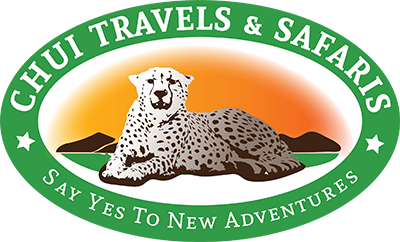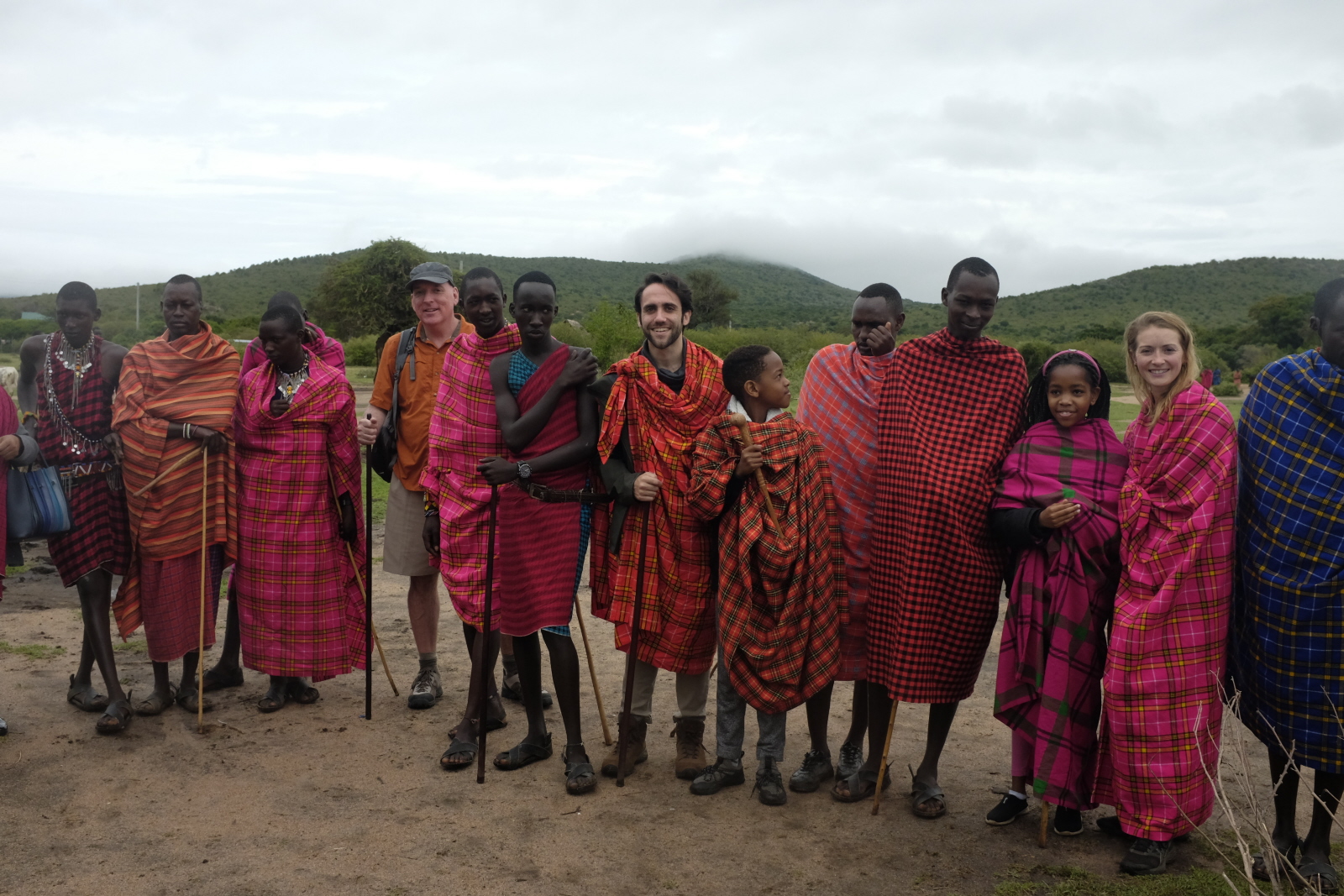Tanzania National Parks
Top Tanzania National Parks
Tanzania has unparalleled natural beauty and wildlife viewing are simply breathtaking.
Varied landscapes ranging from savannahs and grasslands to rainforests, lakes, and mountains can sometimes be seen in the same park.
Although the main reasons to go on a safari in Tanzania is to either see the Great Migration or spot the Big Five animals, the national parks hide many more secrets.
Here’s just a handful of them.
Tanzania’s oldest national park and one of the most famous in Africa, Serengeti is synonymous with wildlife and classic African scenery.
Serengeti National Park is home to the wildebeest migration. Whether you plan to watch it from a jeep safari or from a hot air balloon, you are going to be mesmerized by “the Greatest Wildlife Show on Earth”.
The best park in Tanzania is home to great herds of buffalo, smaller groups of elephants, giraffes, eland, topi, impala, and gazelle. Lions can be easily found here, as well as cheetahs and leopards.
Although Malaria is a health concern in Serengeti National Park, the park is a great choice for a family safari.
The abundance of wildlife and the ancient people who still live in the area, recommend Serengeti as a great place to explore with your little ones.
- How to get to Serengeti National Park: the recommended point of entry is Kilimanjaro International Airport (JRO). Most often, the transfer to/from the airport is included in the safari so make sure to check with your safari operator for details.
- Park fee per day: Adult non-resident 60 USD, child non-resident 20 USD.
- Best time to visit: June to October for game viewing; November, December to April, June, and July for the Great Migration; November to April for birdwatching.
- Famous for: The Great Migration, hot air balloon safaris.
Ngorongoro Crater, the largest inactive, intact and unfilled volcanic caldera on Earth, is the main attraction in the Conservation Area. It offers unique wildlife viewing as well as the only place in the world where humans and wildlife coexist in harmony. The legendary Great Migration passes through the crater, and it is home to all of the Big Five Animals. You are likely to encounter elephants – including some “Big Tuskers” -, buffalos, wildebeest, zebras, hippos, elands, gazelles, lions, leopards, cheetahs, jackals, black rhinos, and hyenas in the crater. Sometimes, it is even possible to see the Maasai cattle grazing among the zebras! If you are looking for giraffes, you will find them outside of the volcanic crater. The best way to take in the area and its wildlife is during a walking safari. For those who prefer to cover longer distances, a jeep safari is a great alternative.
- How to get to Ngorongoro Crater Conservation Area: The best option is to fly into either Arusha Airport (ARK) or Kilimanjaro International Airport (JRO). Airport transfer is most often included in the safari package so make sure to check with your safari operator about the airport you should fly into.
- Park fee per day: Adult non-resident 60 USD, child non-resident 20 USD.
- Best time to visit: Year-round, but the best wildlife viewing is between June and September (the dry season).
- Famous for: Ngorongoro Crater teaming with wildlife, The Great Migration, Maasai bomas (traditional Maasai houses), The Big Five Animals.
Tarangire is part of the popular Northern Safari Circuit and is most often visited together with Serengeti and Ngorongoro Crater.
The park is well-known for the yearly migration of the elephants, which are drawn to the Tarangire River, especially during the dry season. The river also draws wildebeest, zebra, eland, gazelle, and buffalo. Lions are quite easily spotted here but leopards and cheetahs are rarely spotted.
Tarangire is home to the rare fringe-eared oryx and the long-necked gerenuk.
The colossal baobabs and the abandoned large termite mounds complete the fantastic scenery.
Tarangire is one of the parks where it is possible to go on a night safari (and get a different perspective on the animals in the park). Another great option is to choose a walking safari.
- How to get to Tarangire National Park: The park is typically visited together with Serengeti and the Ngorongoro Crater. The best option is to fly into Kilimanjaro International Airport (JRO) but the transfer is most often included in the safari price so make sure to check with your safari operator for details.
- Park fee per day: Adult non-resident 45 USD, child non-resident 15 USD.
- Best time to visit: June to October (dry season) for wildlife viewing.
- Famous for: Breathtaking scenery, migrating elephants during the dry season, fringe-eared oryx, gerenuk.
6 Days Tarangire, Serengeti, and Ngorongoro Crater Camping Safari Tour in Tanzania
Lake Manyara National Park
Lake Manyara is easiest described as “mini-Serengeti”. It is a small park at the base of the Rift Valley escarpment, offering a different scenery than the rest of the parks in the country. Ernest Hemingway used to say that the park had the loveliest lake in Africa. And he may have been right. Covering about a third of the park, the lake is stunning. It is home to wild flamingos and a variety of other bird life.
But Lake Manyara National Park is famous for the tree-climbing lions. Also living in the park are elephants with impressively big tusks and very relaxed so that they can be viewed at close quarters. Other animals you can spot in the park include wildebeest, buffalo, zebra, and hippo. Night safaris are available in the park. Also, if you enjoy hiking and trekking, you will be delighted by the trails here.
- How to get to Lake Manyara National Park: The best point of entry is Kilimanjaro International Airport (JRO). Airport transfer is most often included in the safari price so make sure to check with your safari operator for details.
- Park fee per day: Adult non-resident 45 USD, child non-resident 15 USD.
- Best time to visit: Year-round, but it’s best from June to October (dry season).
- Famous for: tree-climbing lions, flamingos, stunning scenery.
Arusha National Park is very easily accessible but despite this, it is not on many safari itineraries. It is so small that a few hours are enough to explore it and most travelers choose it as a mere stop-over en-route to larger sites.
The park is at the base of Mount Meru, the fifth-highest mountain Africa. If you are passionate about summitting mountains, you should consider climbing here. For the other mountain lovers, there are forest walks available.
Arusha National Park has varied vegetation made up of grasslands, alpine areas, and rainforest.
Its flagship species is the charismatic black-and-white colobus monkey. Other animals that can be spotted here include giraffe, buffalo, and zebra. On rare occasions, you might see leopards, cheetahs, or hyenas, while lions and rhinos are completely absent.
Walking safaris are an excellent way to explore this small national park.
- How to get to Arusha National Park: Kilimanjaro International Airport (JRO) and Arusha Airport (ARK) are both good options to fly into. The park is located at about 46km/29mi from Arusha. Check with your safari operator whether the airport transfer is included or not in the safari cost.
- Park fee per day: Adult non-resident 45 USD, child non-resident 15 USD.
- Best time to visit: Year-round, but it’s best from June to October (dry season).
- Famous for: varied landscape, walking safari.







